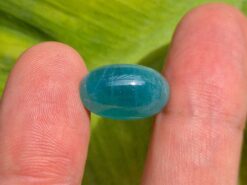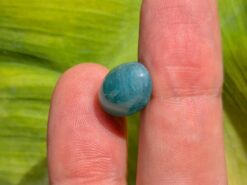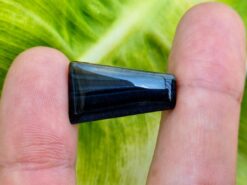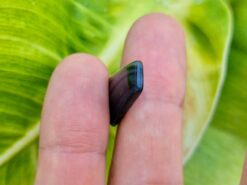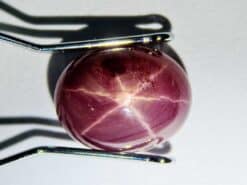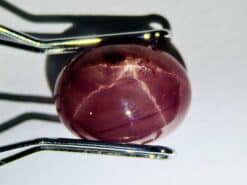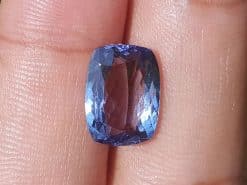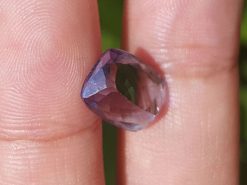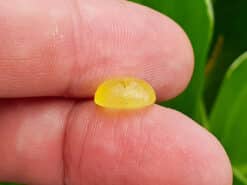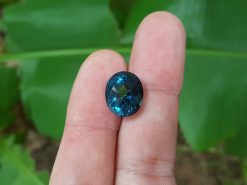Pink aragonite

Pink aragonite raw crystal meaning
Buy natural gemstones in our shop
Pink aragonite raw, from Brazil is a mineral species of the carbonate family of formula CaCO3 with traces: Sr, Pb, Zn. The crystals can reach 30 cm.
Described in 1609 by Anselmus Boëtius de Boodt under the name d.e stillatitius lapis the “modern” description of reference is that of Abraham Gottlob Werner in 1797, the name derives from the topotype, according to its geographical locality, Molina de Aragón.
Gemological properties
Pink aragonite is the stable, high-temperature, high-pressure polymorph of calcium carbonate of the formula CaCO3; The polymorph stable under ambient conditions is calcite. Under ambient conditions, The stone transforms very slowly into calcite (in tens or even hundreds of millions of years).
The three main crystalline forms of calcium carbonate are aragonite, vaterite and calcite.
Parameters of the conventional mesh: a = 4.959 Å, b = 7.968 Å, c = 5.741 Å, Z = 4; V = 226.85 Å3
Density = 2.93
It gives crystals in elongated prisms, very often twinned parallel to (110), forming simple two-crystal twins or lamellae passing through the crystal, simulating a hexagonal prism, or groups of three crystals simulating a hexagonal prism (mimetic twin) . Also in fibrous, oolitic, columar, coralloid masses. Cleavage (010) more or less distinct. It is often transparent to translucent.
Pink aragonite appears as a primary mineral in high pressure metamorphic rocks but most orthorhombic carbonates appear as substitutes in sedimentary, volcanic and metamorphic rocks and deposits formed at low temperature and pressure of aqueous solutions. It is also found in stalactites.
Biosynthesis
Biosynthesized forms exist, including mother-of-pearl and pearls of oysters, mussels or other shells, and part of the skeleton of most hard corals and coral reefs.
The shells are half formed of calcite and for the other half of pink aragonite, some shells comprising both forms, such as the abalone. The shell of the lambi, gastropod of the West Indies, is formed exclusively of microcrystals on a protein matrix.
The chiton has an eye whose lens is made of aragonite crystals.
Biosynthesized forms exist, including mother-of-pearl and pearls of oysters, mussels or other shells, and part of the skeleton of most hard corals and coral reefs.
Pink Aragonite, from Brazil

